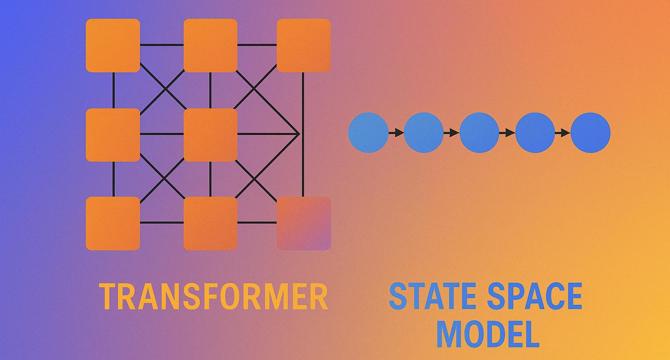Hackernoon
1M
4

Image Credit: Hackernoon
The AI Industry's Obsession With Transformers Might Finally Be Waning
- The AI industry's focus on Transformers seems to be diminishing, with State Space Models (SSMs) gaining favor among practitioners prioritizing speed and efficiency.
- Transformers, though powerful, face challenges with scalability, memory usage, and latency, especially with lengthy inputs.
- SSMs offer advantages like linear scaling, steady memory usage, faster inference, and easier deployment on constrained hardware.
- The implementation of SSMs, such as the Mamba model, has shown improvements in latency, memory efficiency, and performance in real-world projects.
- Choosing between Transformers and SSMs depends on the product's requirements, with SSMs being more efficient for handling long-form documents and real-time interactions.
- The shift towards SSMs signifies a move towards more product-focused AI infrastructure design, considering factors like speed, cost, and long-term efficiency.
- While Transformers will still have their place, SSMs offer a viable alternative for products needing quick feedback and operating within moderate system constraints.
- This shift highlights a transition from research-driven decisions to product-driven decisions, emphasizing practical results over pure performance metrics.
- Adapting to these changes can benefit AI products by prioritizing functionality and operational efficiency, enhancing the overall product development process.
- The evolution in AI model selection reflects a maturation in the industry's approach, showcasing a shift towards more thoughtful and pragmatic decision-making.
Read Full Article
Like
For uninterrupted reading, download the app